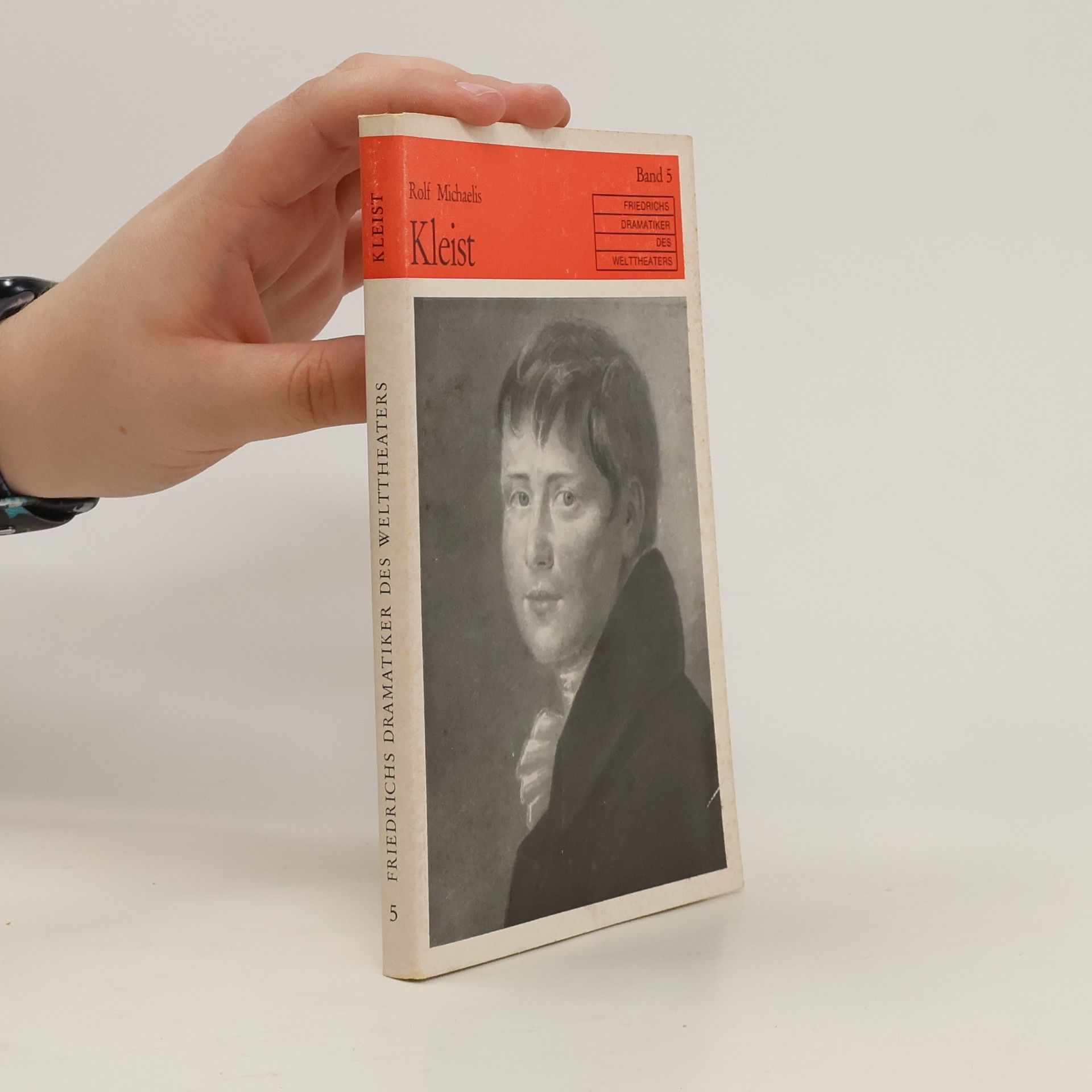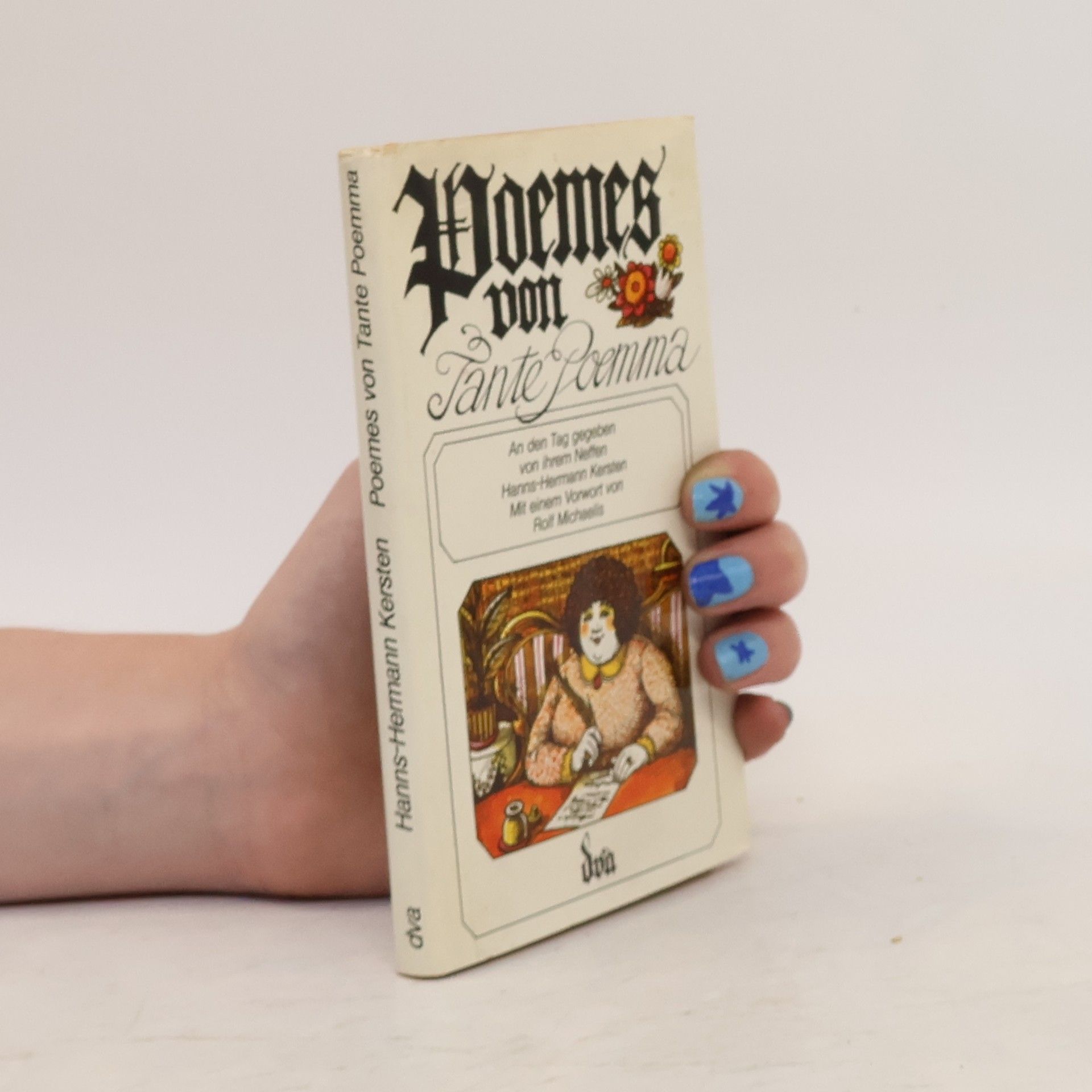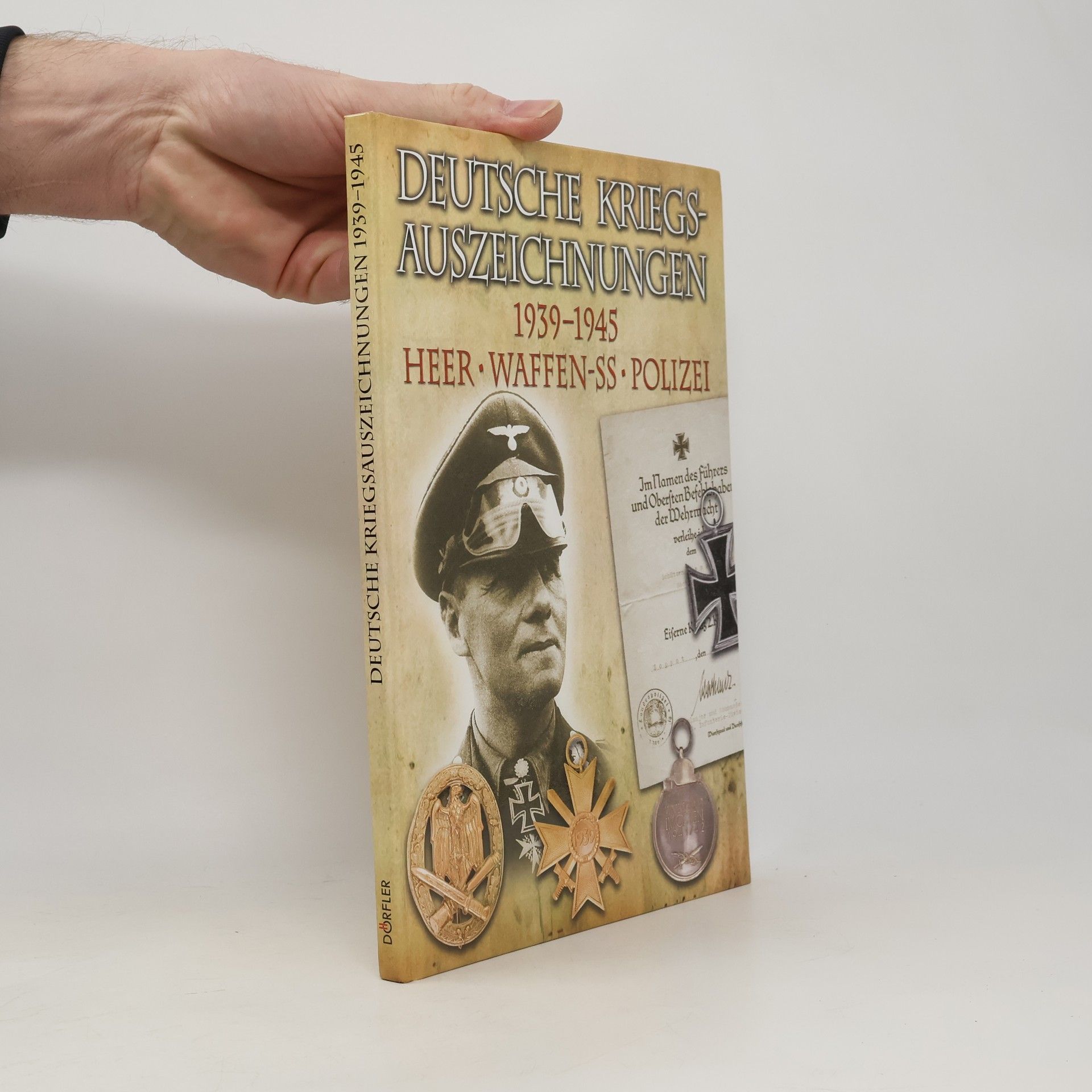Historie SS-Sturmbrigade Dirlewanger
Vzpomínky bývalého příslušníka






Vzpomínky bývalého příslušníka
Dieses Buch gibt die Erinnerungen dreier deutscher Soldaten wieder, von denen zwei direkt der Waffen-SS angehörten und der Dritte als Angehöriger des Heeres für zwei Jahre als zur Waffen-SS abkommandiert galt. Anton Fehlau trat als 18-Jähriger 1941 in die Leibstandarte-SS Adolf Hitler ein und wurde als Kanonier zum SS-Panzer-Artillerie-Regiment 2 „Das Reich“ versetzt. Hier nahm er an den Einsätzen an der Ost- und Westfront teil. Alfred Kettler wurde als 20-Jähriger 1940 zur Kraftfahr-Ersatz-Abteilung 12 eingezogen und zwei Jahre später in die neuaufgestellte Korps-Nachrichten-Abteilung 400 übernommen. Diese wurde dem ebenfalls neuaufgestellten SS-Panzer-Korps unterstellt. In SS-Korps-Nachrichten-Abteilung 102 umbenannt, gehörte Kettler als Angehöriger des Heeres dieser SS-Formation fast zwei Jahre bis zur Gefangennahme im Spätsommer 1944 an. Alvin Schlüter wurde 1944 im Alter von 16 Jahren zur Leibstandarte-SS Adolf Hitler eingezogen und nahm nach seiner Grundausbildung im Dezember 1944 an der Ardennenoffensive teil. In den letzten Kriegstagen noch verwundet, folgte die US-amerikanische Kriegsgefangenschaft. 129 Seiten, mit zahlreichen s/w-Abb., viele Fotos, Lagekarte, Dokumenten; Druck: Textteil auf Bilderdruckpapier, Verarbeitung: Festeinband mit Fadenheftung, Format: 148 x 210 mm (DIN A 5)
Das Buch beleuchtet den kurzen, aber intensiven Kriegseinsatz des SS-Fallschirmjäger-Bataillons 500/600, das durch seine Rolle im Unternehmen "Rösselsprung" bekannt wurde. Es beschreibt Kämpfe an der Ostfront, die Ardennenoffensive und verlustreiche Aktionen in den Oder-Brückenköpfen, sowie die außergewöhnliche Motivation der Truppe.
Die 32. SS-Division 30. Januar wurde im Frühjahr 1945 gegründet, um die Heeresgruppe Weichsel zu unterstützen. In intensiven Kämpfen gegen die Rote Armee kämpfte die Division an entscheidenden Fronten der Ostfront in den letzten Kriegswochen. Der Autor beleuchtet die Geschichte dieser bemerkenswerten Einheit mithilfe von Originaldokumenten und gibt einen Einblick in die Herausforderungen und Opfer, die die Soldaten während dieser turbulenten Zeit erlebten.
Die 10. SS-Panzer-Division "Frundsberg" wird in diesem Werk umfassend gewürdigt, wobei ihr Einsatz in verschiedenen Schlüsselregionen wie Galizien, der Normandie und dem Elsaß thematisiert wird. Besonders hervorgehoben wird die hohe Motivation und die soldatische Leistung der Division, die es ihr ermöglichten, gegen überlegene Gegner zu bestehen. Zudem wird auf die persönliche Verbindung zu Günter Grass eingegangen, der in den Reihen dieser Division diente, was einen weiteren interessanten Aspekt der Darstellung bildet.
1943 ordnete Hitler die Formierung zweier Fallschirmjäger-Bataillone speziell für den Partisanenkampf an. Eines davon wurde im Rahmen der Waffen-SS, aus vor allem kriegsgerichtlich Verurteilten des Strafvollzugslagers der SS- und Polizei in Danzig-Matzkau, aufgestellt. Ausgebildet an der Fallschirmschule 3 der Luftwaffe in Kraljewo, nahmen die Bewährungsschützen u. a. Ende Mai 1944 an dem bekannten Unternehmen „Rösselsprung“ - der geplanten aber missglückten Gefangennahme des Partisanenführers „Tito“ in Drvar - teil. Es folgten Einsätze des SS-Fallschirmjäger-Bataillons 500 an Brennpunkten der Ostfront in Litauen und zuletzt - inzwischen nach Rehabilitierung der Bewährungsschützen - als SS-Fallschirmjäger-Bataillon 600 bezeichnet, an der Oderfront. Fotografien, Karten und Erlebnisberichte vervollständigen die Geschichte des einzigen Fallschirmjäger-Bataillons der Waffen-SS.